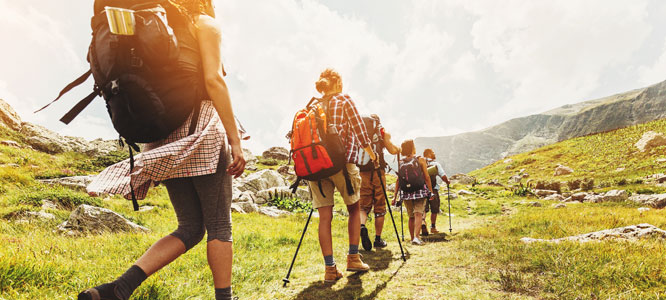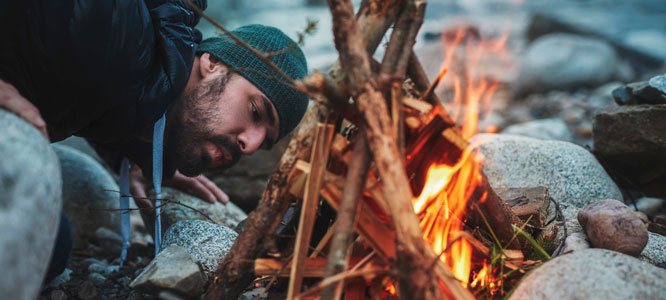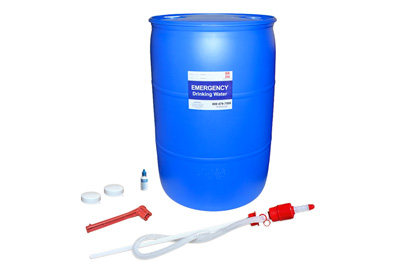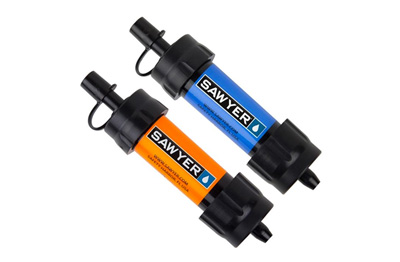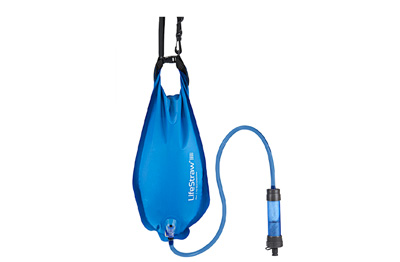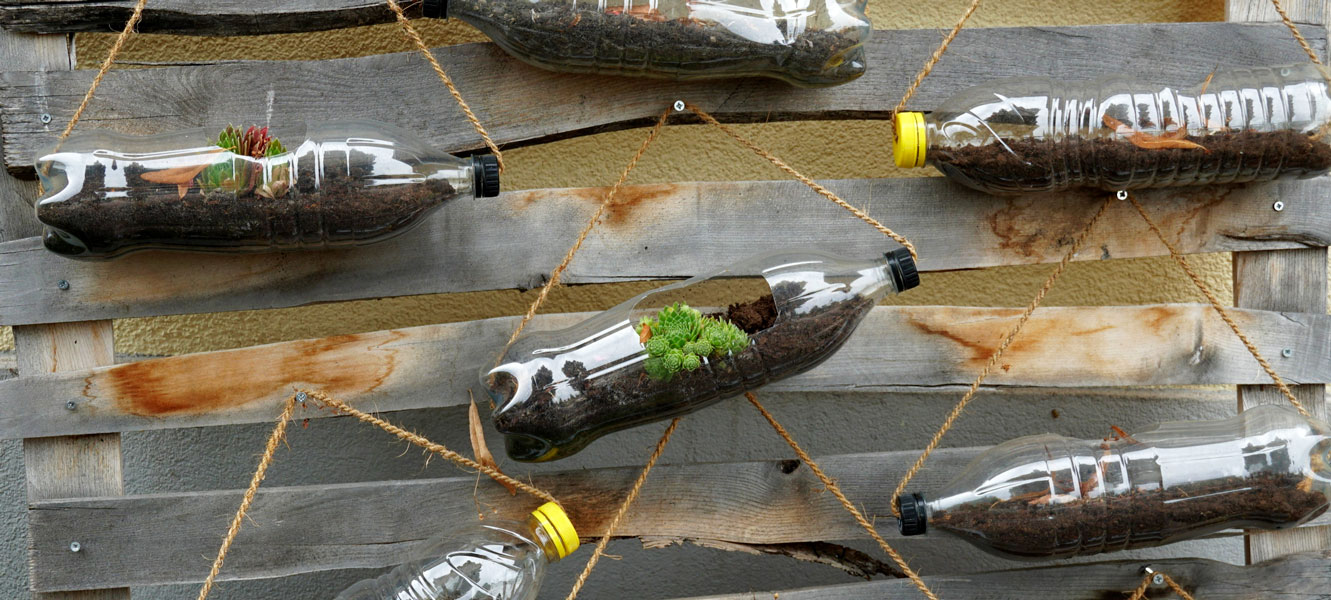
The Earth Day SurvivalistThursday, April 22, 2021 Earth Day is here, ready to remind us of our obligation to the planet. For most of us, that goes about as far as riding a bike or remembering to recycle; we are, after all, busy individuals with established routines. But what if your routine was suddenly changed? We've all thought about the possibility, and many of us have taken at least some steps to begin planning for the event of a sudden emergency. From our go-bags to our CPR training, we're fairly adequately equipped to brave a minor accident, a prolonged power outage, or an evacuation. At SOS Survival Products, we love that you're as enthusiastic as we are to prepare yourselves and your families for the unknown. Today, we'd like to take preparation one step further by talking to you about survivalism and environmentalism. And because we can't neglect Earth Day, today's survivalist tips all have a positive environmental impact. They won't solve global warming/climate change and other environmental problems, but they do take environmental issues into consideration. Water
Water is perhaps the most important natural resource. You need it, and in an emergency it may be hard to come by. You might already be storing water for two or three days, but what happens if a major disaster turns into a nationwide or even global crisis? Living sustainably now is the best way to prepare you for an uncertain future, and
water should naturally be your number one concern.
Collecting rainwater can be tricky business since it does have restrictions. As early as the 1880s, states have been involved in personal water usage by placing constraints onto consumers. In 2012, 64-year old Oregon resident Gary Harrington was sentenced to 30 days in jail for collecting rainwater.
Gary wasn't collecting a few barrels of rainwater; more precisely, he collected about 20 Olympic swimming pools-worth. But just to be safe, check what your state has to say about collecting rainwater. If you're permitted to or rebellious enough to start collecting your own water, it's simple.
Collecting Runoff
Runoff can be collected anywhere. For example, you can collect it from the roof of your house. How much water will be created through runoff? That varies, but Garden Gate Magazine estimates that it's somewhere around 600 gallons of water within an hour of moderate rainfall. That's a lot of manna from heaven.
In order to get your runoff into storage, you'll need something like a gutter or downspout. In addition, your transport system needs a filter that'll trap debris like leaves which can clog your water highway. Ensure your collection area, like a barrel, fits your transportation system securely so that insects, leaves, or small animals like birds or lizards don't end up in your precious collection and contaminate your water.
Storing RainwaterStoring your barrels on a bed of cinder blocks situated on some pea gravel will ensure that moisture doesn't get trapped under the barrel. Raising your barrel in this way will also create more pressure for spout openings, an excellent solution for gardening. Collecting, storing, and using rainwater for your personal use is a wonderful way to save water and prepare for the event of an emergency. The United States Geological Survey estimates that the average person uses 80-100 gallons of water a day! That number might sound astonishing, but consider all the ways in which we depend on water, from brushing our teeth to washing our laundry. Rainwater collection provides a sustainable avenue for water consumption and will ensure you aren't stranded without this vital resource in the event of a major catastrophe. Using Rainwater for Drinking, Food Preparation, and BathingRainwater looks clean and feels refreshing, but unless you live in remote areas, rainwater contains a variety of pollutants that include car exhaust, chemicals from runoff, and various other things. One way to eliminate harmful contaminants from water is to boil it. Boiling water for one to three minutes kills viruses, bacteria, and parasites. Keep in mind that water that's previously been boiled will not remain sterile in a non-sterile environment like a bucket or barrel. You can reuse boiled water, but if you intend to consume it, boil it again. Another very easy way to stop contaminants is with a filter. Filters come in a variety of materials from ceramic and clay to carbon. Ceramic filters have been successfully in use since the early 1800s and continue to be used in many countries where water filtration isn't available. These filters are inexpensive and can even be manufactured at home with the use of some clay pots, cornhusks, tealeaves, or coffee grounds. RecyclingRecycling is a great way to help out Mother Earth. Depending on what your trips to the grocery store look like, your home might already be filled with materials that can be reused. From cans and bottles to old clothing, survivalists know how to repurpose as a key component of conservation. Reusing what you have is not only an important part of sustainability, but it's also a valuable skill, and one that gives our planet a chance to breathe. Although we encourage recycling because it greatly reduces waste in landfills and helps to conserve natural resources, it doesn’t eliminate waste or air pollution. Reusing is the only way to temporarily shrink your carbon footprint, whether you're planting herbs in old coffee tins or washing the car with a favorite old shirt that simply couldn't be saved. Aside from the practical applications, reusing can also be insanely fun. Gardening
You don't need a giant plot of land, expensive tools, or a ton of know-how to begin gardening. Start by growing herbs and vegetables for beginners such as dill, chives, rosemary, parsley, tomatoes, zucchinis, cucumbers, carrots, chard, lettuce, cabbage, or peppers. Gardening books and websites are widely available to help you start on the journey toward home growing. In addition, consider that many of the plants we consider weeds are in fact edible.
The Downsides of Commercial FarmingLike livestock farming, food farming forces us to use a ton of valuable resources like fuel, land, and water while contributing negatively to the environment and our health through the use of pesticides. Although our knowledge of farming has greatly increased since the days of the Dust Bowl, conventional farming methods haven't stopped topsoil erosion and have led to nutrient deficiencies and pesticide resistance. That means we're not only creating unusable land and super insects, we're also depriving ourselves of valuable nutrition that naturally occurs in fruits and veggies grown in rich soil. Sustainability and Supporting Local FarmersIf you can't grow enough food to sustain yourself and your family, we can't blame you. Most human beings need about 2,000 calories per day to survive. That's a lot of parsley. Supplement what you can grow on your own by taking a trip to your local farmer's market once a week or until you can find your own little plot of land to get started on. The foods you'll find there are grown sustainably without pesticides, and because they don't have to travel hundreds or even thousands of miles to get to you, their carbon footprint remains minimal. Bikes, Burpees & Box JumpsWe don't all have the opportunity to ride our bike to work or school every day, but utilizing alternative modes of transportation whenever we can offers an enormous amount of benefits. Each time you ride your bike or walk, whether it's across town or to the corner store, you're saving natural resources and helping your body by conditioning your cardiovascular system. And that's important because, let's face it, a sedentary lifestyle isn't exactly conducive to survival. As a species, humans aren't meant to sit around all day! Want to kick your survivalist skills into high gear? You've got plenty of company. Functional intensity training continues to be a major workout trend all across the world, and with good reason. By using natural movements such as jumping and pulling, you're doing more than conditioning your glamour muscles. In addition, by exercising regularly, whether you use a high intensity interval program or a regular weight and cardiovascular combination, you're creating core strength, increased mobility, better cardiovascular health, and the endurance necessary to survive disasters. Taking Environmental ActionYou can also consider installing solar panels and using solar energy to power your home. This is a green way to lower your emissions and live completely independently off the grid. You don't have to be Greta Thunberg, but you can be a survivalist activist in your own way. Future generations will thank you. |


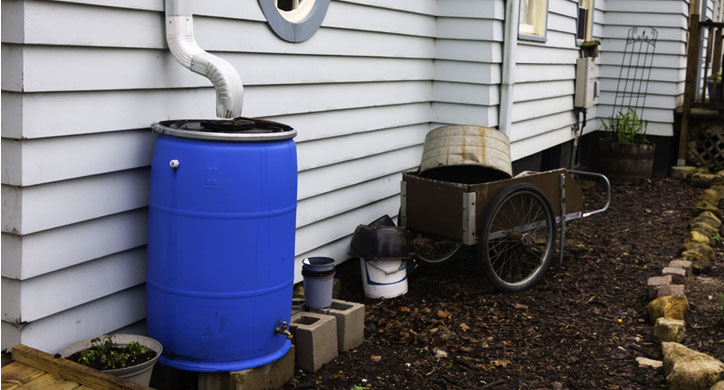

 You can also try growing native plant species. These may require less tending and water than some invasive species since they're native to the climate.
You can also try growing native plant species. These may require less tending and water than some invasive species since they're native to the climate.
